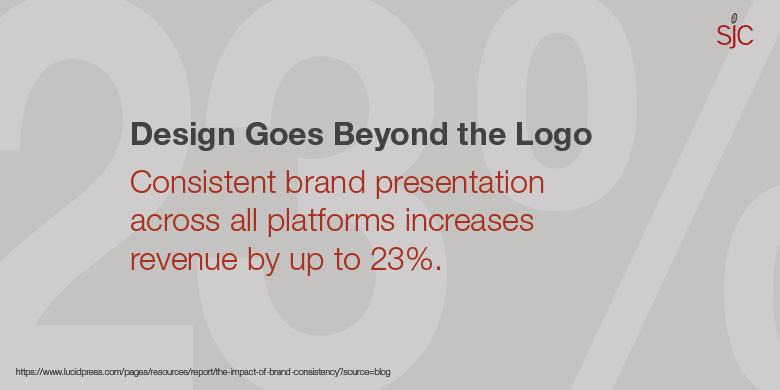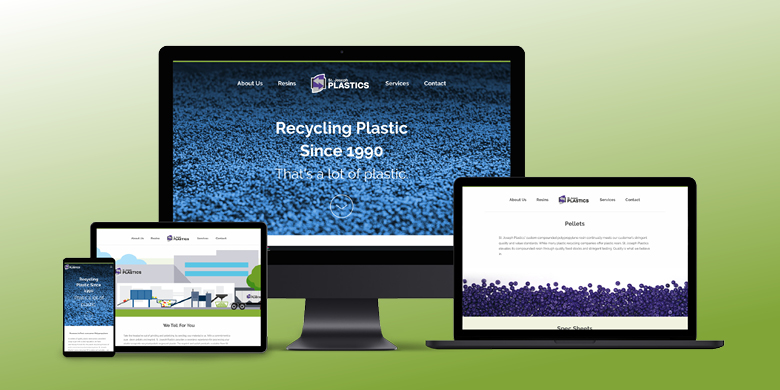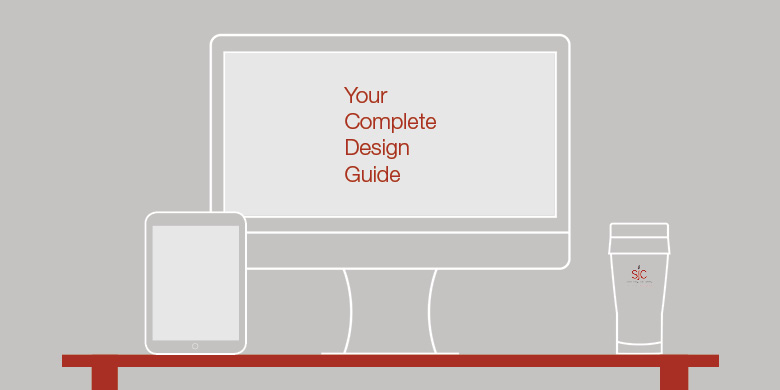You could talk about your brand, telling consumers about your values, your voice and even describe your color scheme (it’s cucumber salad green, not iced cucumber green). You might go hoarse trying to describe your personality and which Game of Thrones character your brand is most like. It sounds ridiculous, but it’s what a lot of companies are forced to do when they don’t put a priority on design.
Design takes all those elements that showcase your brand best and puts them into a visual demonstration of who you are. Yes, you are cucumber salad green, but you are also a bit zany and willing to go way out on a limb for customers. Design captures those qualities so that consumers see it clearly in a glance.

It’s important to understand why you’re seeking out a new design for your brand. Here are some important reasons you may look at a rebrand:
- You’re starting up a brand-new company (this one is easy; you definitely need a brand design).
- The look of your company no longer fits the range of services or products you now provide.
- Your original design was trendy but now appears dated.
- Your brand seems to have lost its connection to your audience.
There are other reasons you might consider a rebrand, but what’s essential is that you do have an agreed-upon reason for launching a design change. Otherwise, your efforts may fall flat in terms of buy-in across your organization and, worse, with your customers.
Once you’ve decided that it’s time to invest some time and resources into your design, be sure to work through the following steps for a smooth process:
1. Dig Deep. Be prepared for a good designer to really dig in and find out what gets your employees excited about selling your products or services. In order to communicate your brand visually, they’ll need to know a lot about your values, what makes your brand unique and what kinds of things you want to be known for. They’ll also want to know what types of emotions you hope audiences experience when they interact with your brand.
2. Examine Your Market. You know who you are and what types of messages you want to communicate; make sure it’s what your target audience wants to hear from you. Are you targeting the same groups that you have in the past, or does an expanded brand open up new audience segments? It’s time to look deep into the needs and preferences of your target market and make sure you’re targeting those that are likely to respond to your brand.
3. Determine All of Your Touchpoints. Many companies focus in on the logo, but design is so much more. It’s the first impression when a visitor lands on your website. It’s the voice you use in your communications. It’s the look of the images and videos you’ll use. Your ultimate goal is for consumers to recognize your brand before they see the logo, because they’ve come to know your style, your voice and your messaging.

4. Get Buy-In. This step happens throughout the process, but it’s mentioned now because if you haven’t let key stakeholders in your organization know that you’re pursuing a new design, it’s time to communicate it. It’s important that your team knows the reasons why you’re making changes, or you’ll struggle to get them to embrace your new look and voice. They may even continue to use old letterhead or produce things with the wrong messaging because they aren’t fully engaged in your goals.
5. Time to Design. Choose a designer that will engage deeply with your brand and who will provide the tools you need to make a successful transition. For instance, do they ask questions about who you are and what makes you unique, or are they jumping right into asking what kinds of logos you like? It’s important that the designer understand the deeper level of changes you want to make.
6. Test Your Branding. Seeing a logo on a screen is just the beginning. You need to see how it scales when it’s on everything from a business card to the side of a vehicle or on a billboard. How does it look emblazoned on a polo shirt? You also simply need time to let the logo sit. It’s often not the design that first catches your eye, but the one that slowly grows on you, that ends up being the right choice.
Get beyond the logo, with design considerations for your images and video marketing that will also communicate your brand to your customers. Will your videos feel warm and friendly, or will they be edgy and forward-thinking? Think about how the feel of your video communications relates to the feeling that’s created by your logo and your voice in communications. It’s all contributing to your brand image, so it needs to be consistent.

Your designer should also create a style book that helps you keep your color scheme sharp and your fonts and look consistent. It’s easy for your brand to get watered down if employees begin using colors that are close or fonts that are almost right. Design needs to be exact.
7. Go Public. Once you’ve done extensive testing and you have your branding ready to expand to all of your touchpoints with your audience, it’s time to show it off. It needs to be an all-in type of design debut, so create some buzz around it. Leading up to your change, try posting a tease or two on social media, or create a contest around your new brand. It’s a great opportunity to remind your current customers of who you are, and to generate some excitement around your brand.
Launching a design change can feel like jumping out of a plane without a parachute, but not when you have the designers and marketing specialists at SJC Marketing guiding the way. Whether you’re a brand-new company or one that’s needing a fresh new message, SJC will help you create a new look and feel for your brand. Come see how much fun design can be. Contact us today to get started.


